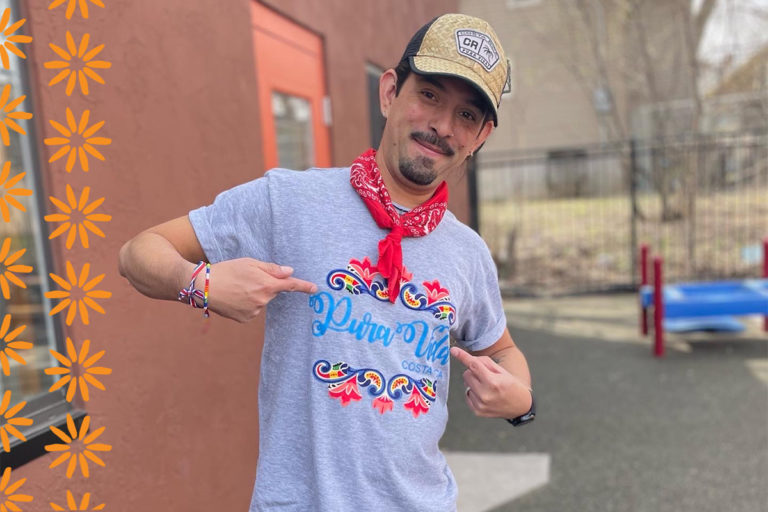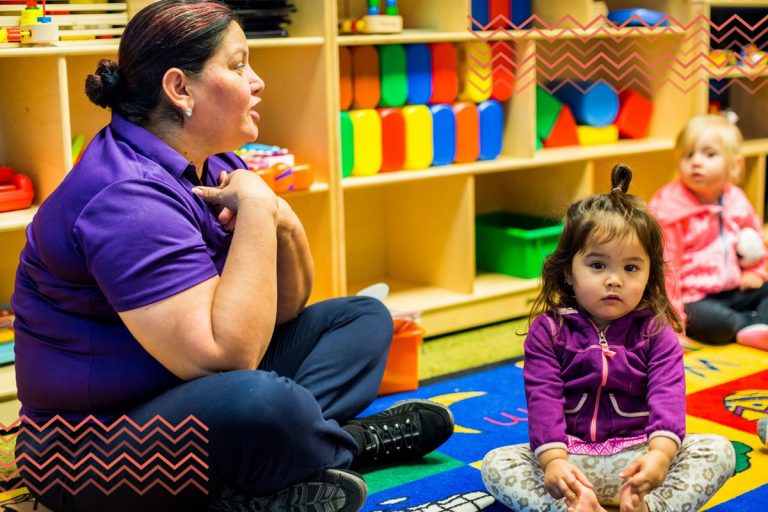How to Teach Cultural Diversity to Preschoolers
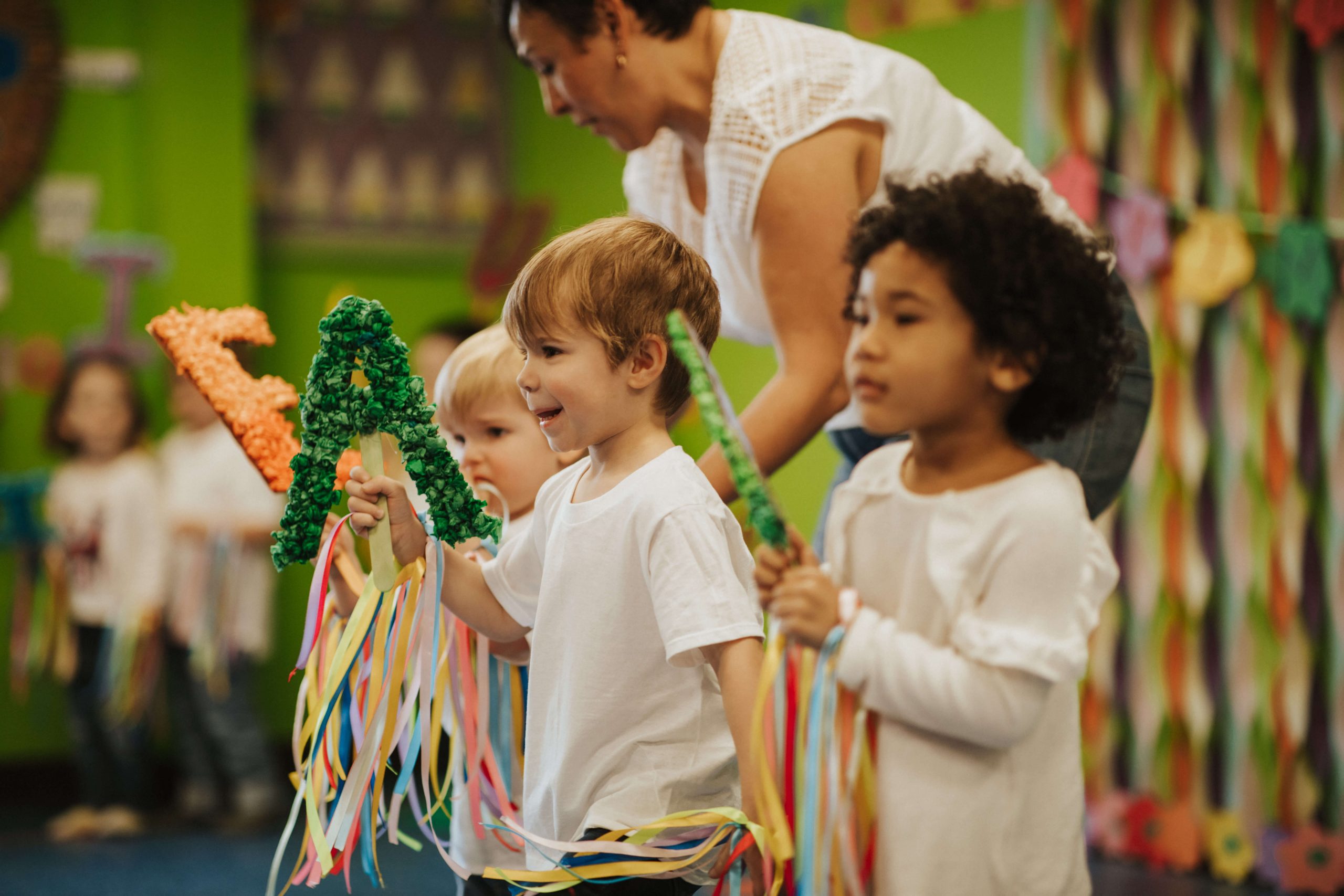
From a very young age, culture shapes our perception. NAYEC, the authority on early childhood education policy, reports that these perspectives can manifest in ways we aren’t always consciously aware of: gender roles, family structures, languages, dress, food, etiquette, approaches to disabilities, child-rearing practices, and behavioral expectations.
Different cultures and beliefs coming together is what creates diversity. Teaching children about the diversity around them is an integral part of what we do at Casa de Corazón.
Why Promoting Cultural Diversity Matters in Early Childhood
Be You, an advocacy organization based in Australia that supports children’s mental health in early learning says, “Early childhood is the time when children first become aware of differences among people and start to form opinions and attitudes about these differences.” This natural curiosity means that caregivers recognizing and celebrating diversity is a key part of helping kids develop the awareness they need to be a part of healthy, inclusive communities. Casa de Corazón makes this process a priority.
It is important to start a conversation about diversity early on in children’s lives. Be You reports that the process of discovering difference in young children means that they are especially vulnerable to racism and prejudice. Their ideas about who they are and their responses to the diversity of people around them are influenced by what they see and hear in daily life. For this reason and more, it is essential for caregivers to have open conversations about race, culture, and other differences with young children.
This article will provide research-based, practical strategies for navigating the process of teaching young children about cultural diversity as well as some resources for continued learning.
Practical Strategies for Parents & Promoting Cultural Diversity at Home
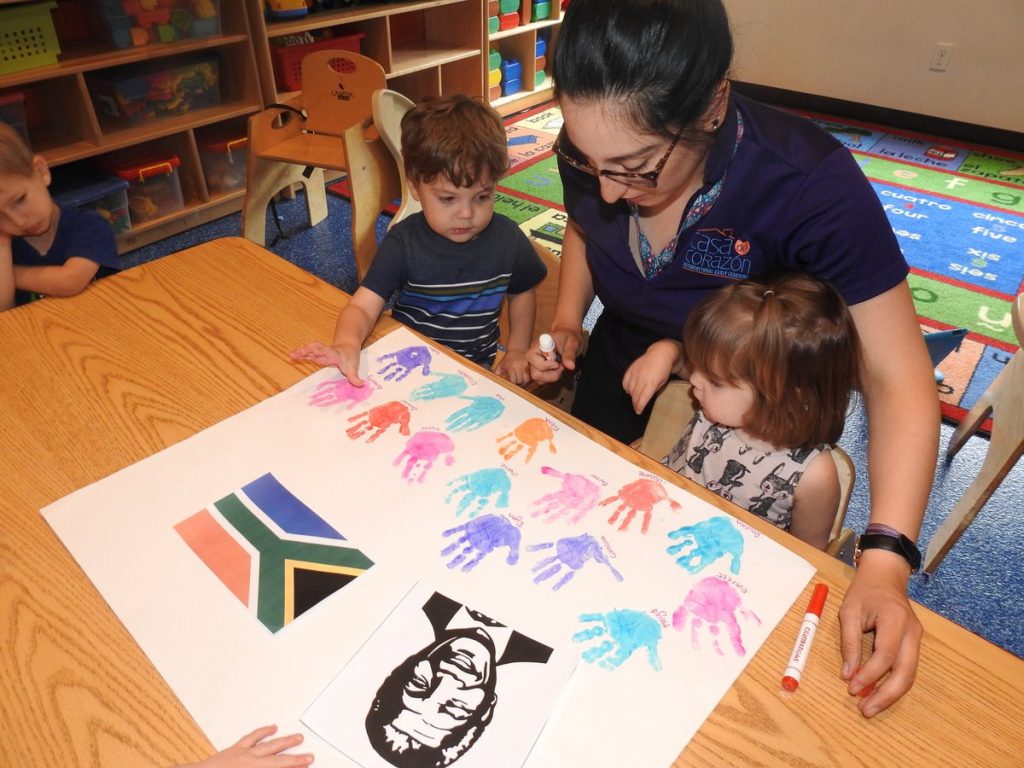
1. Teach Your Preschooler About Empathy and Respecting Others
One concrete strategy to use as you teach your child about cultural difference is called perspective-taking. According to Psychology Today, perspective-taking is “the act of perceiving a situation or understanding a concept from an alternative point of view, such as that of another individual.”
The idea is to lean in, as if looking through a pair of binoculars, to see the world through someone else’s perspective. This is different than “stepping into someone else’s shoes.” Michael Poulin, associate professor at the State University of New York at Buffalo says that with perspective-taking, “you-can think about another person’s feelings without taking those feelings upon yourself.”
One way of encouraging perspective-taking is to ask questions like, “How do you think they feel?” or “What if that happened to you?” This encourages deeper thinking about respect and fairness. Perspective-taking is also a great practice for helping kids understand healthy relationships.
2. Awareness of Diversity and Mental Health
NAEYC says, “Many people, including educators, have long believed it is better to act colorblind and/or ‘cultureblind’ — that is, to not acknowledge color or culture. But research has shown that this artificial blindness keeps us from recognizing, acknowledging, and appreciating important differences.”
Acknowledging diversity at home can help kids be more mentally healthy. This learning process fosters a sense of belonging and acceptance through the celebration of difference. It helps kids understand more about themselves and their peers. Be You provides some concrete ways to foster this awareness with young kids:
- Provide opportunities for children to listen to people from a range of backgrounds and their perspectives.
- Respect individual differences and acknowledge that membership of a particular group doesn’t mean everyone from that group has the same values, beliefs, rituals, and needs.
- Support children to understand that just because somebody looks or sounds different, or does things in a different way, doesn’t mean that this person is any less worthy of respect or friendship.
- Support all children to develop the skills necessary to form positive friendships regardless of differences in practices, languages, and ethnic backgrounds.
3. Talking About Different Food Traditions from Around the World
Food is a great entry point for teaching children about cultural diversity. Step Up points to the following activities as ways of introducing topics surrounding culture with young children in a fun, positive way:
- Show children pictures of different foods from various countries. Talk with them about how these foods are grown, how they are prepared, and whether the food is a dish itself or an ingredient in a meal.
- Connect the food that children are learning about to what’s already on their day-to-day plates. Certain ingredients may already be a part of a dish that’s more familiar to children. For example, some children may not have tried Indian food before, but they may be familiar with chickpeas, cinnamon, or onions.
- Pick a recipe from a culture different than your own and have your child decorate it, whether that’s decorating the physical food with toppings or decorating a print-out image of the food.
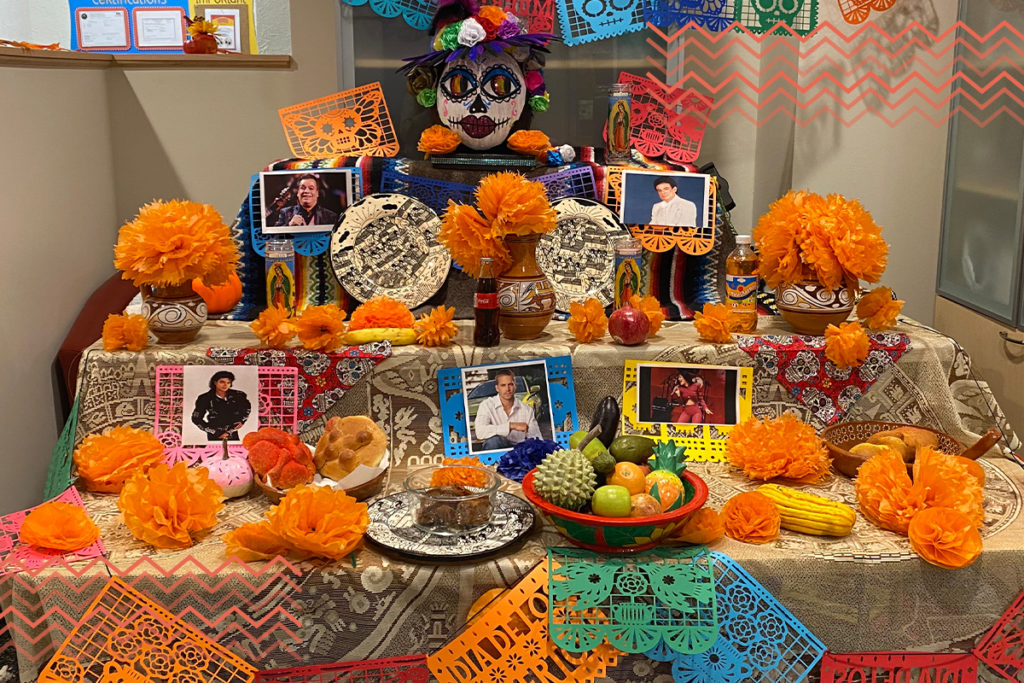
4. Encouraging Open Discussions About Differences
The minds of young children are programmed to notice patterns, differences, and trends in the world around them. This is a normal part of human development and a great reason to normalize talking directly about race and racism with your child in an age-appropriate way.
EmbraceRace.org offers some concrete strategies for opening this ongoing conversation with your child:
Follow the child’s lead: Children will often give us clues about how they are thinking about race. Listen to kids. Understand their questions. Ask them questions in return (“What makes you ask that?” “Why do you think that?”).
Use the concept of fairness: Young kids are very attuned to what is “fair” and “unfair” — who gets to have more, who gets to go somewhere, and who doesn’t. We can use this concept to explain racism and connect past events in history with racial inequality (or rules or situations that are unfair) in the present.
Model thought processes and behaviors: Children learn from what they see and hear others do. Empower children through modeling thought processes (“Hmm, I wonder why…” or “What I’m noticing about this story is…”) and behaviors (including warm relationships across racial lines, and openness to learning about others).
Modeling not knowing is powerful, too. Don’t be afraid to say “I don’t know” or “That’s a great question. I need to think about that. Can we talk about it a little later?” and then model how you can find out more!
5. Relationships with Diverse Peers
According to a Harvard study, a child’s social environment is key to their development. At Casa de Corazon, we intentionally create a diverse social, caregiving environment. Forming positive relationships with peers is a key part of every child’s development. Kids should be taught that all people come with a unique set of traits, some of which will be very different from their own. Giving children opportunities to spend time with others who are different from them can build new experiences, perspectives, friendships, and social skills.
Here are some strategies from The Kids Mental Health Foundation for encouraging healthy play among a diverse peer group:
Explain to your child that not everybody communicates or plays in the same way. For example, some children may not look at you when they talk. Some may prefer to play with just one toy for an extended time. These differences do not make someone a bad friend. Learning about these differences can help children become more inclusive.
Do your research. Talk to other parents/guardians to find a few activities their child enjoys. Try to find at least two or three interests they have in common with your child, whether it’s playing with LEGO®, making crafts, riding bikes, or something else. Ask the other parent if there is anything specific that helps social gatherings go smoothly for their child.
Consider your environment. Many children benefit from an environment that is not too loud, bright, or crowded. For example, if a child is easily overwhelmed in crowded settings, it may be better to play at home rather than go to the park. Again, talk to the family to see what is most helpful for their child.
6. Use videos, books, or other activities to Teach Children About Diversity
Books, activities, and videos that actively model inclusive communities and behaviors can be a great asset to teaching children about diversity. Check out this list of books that promote diversity and inclusion for ideas.
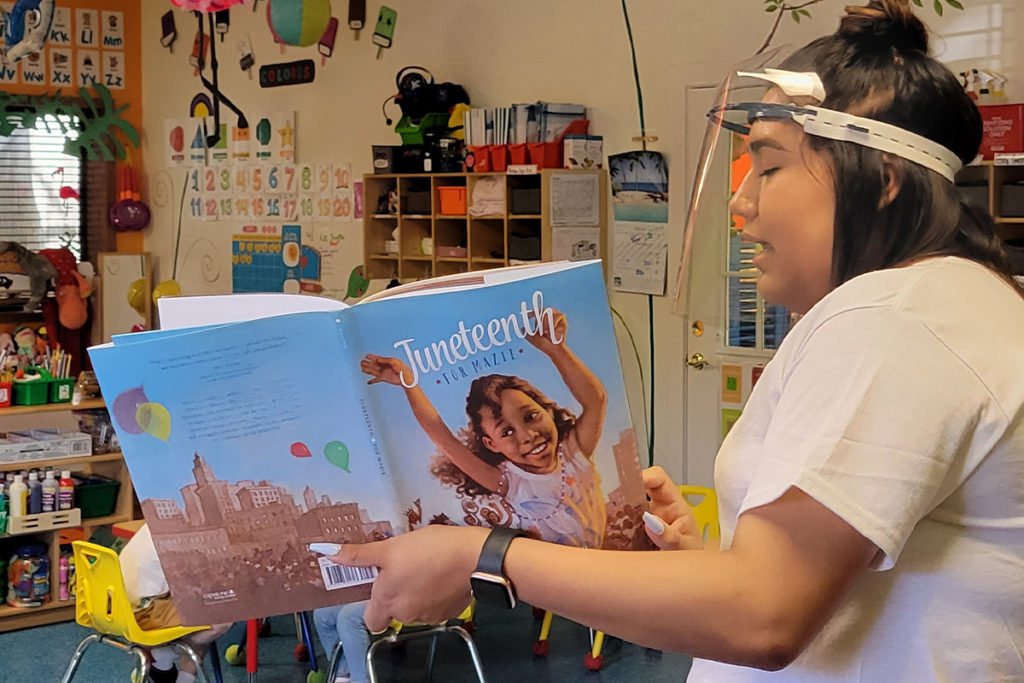
Additional Resources on Cultural Diversity
For further research and tools for teaching difference, check out these links
- Globe Trottin’ Kids
- Be You Fact Sheet
- Exceptional Children and Cultural Diversity
- Center for Applied Linguistics
- Education Policy 2024
- Teaching History and Culture
- NatGeo Diversity and Inclusion
Final Thoughts
Today it is as important as ever to recognize, validate, and support cultural diversity. Guiding your child through open conversations about race and cultural difference is a great way to help them grow. At Casa, diversity is part of our value system. Take one step toward this goal by enrolling your child in Spanish immersion preschool at Casa de Corazon!

